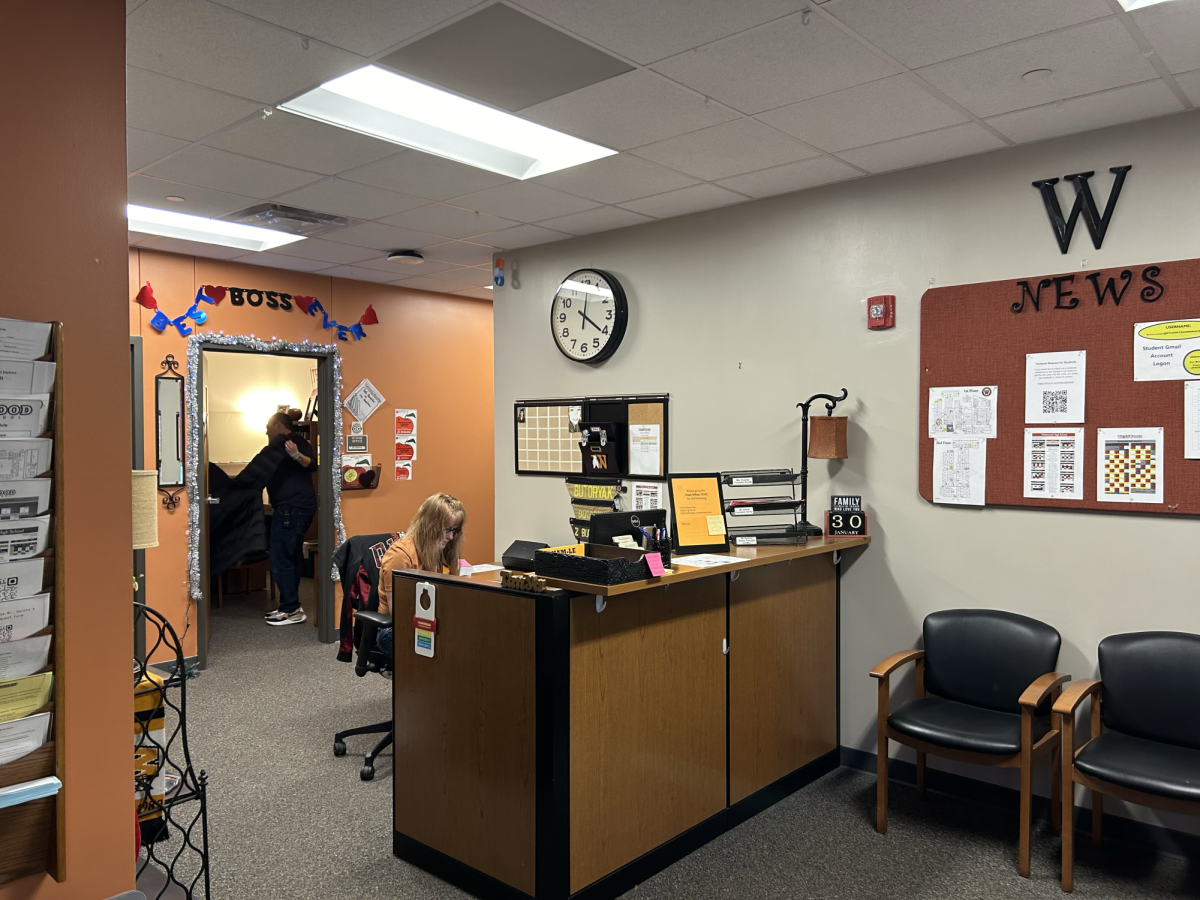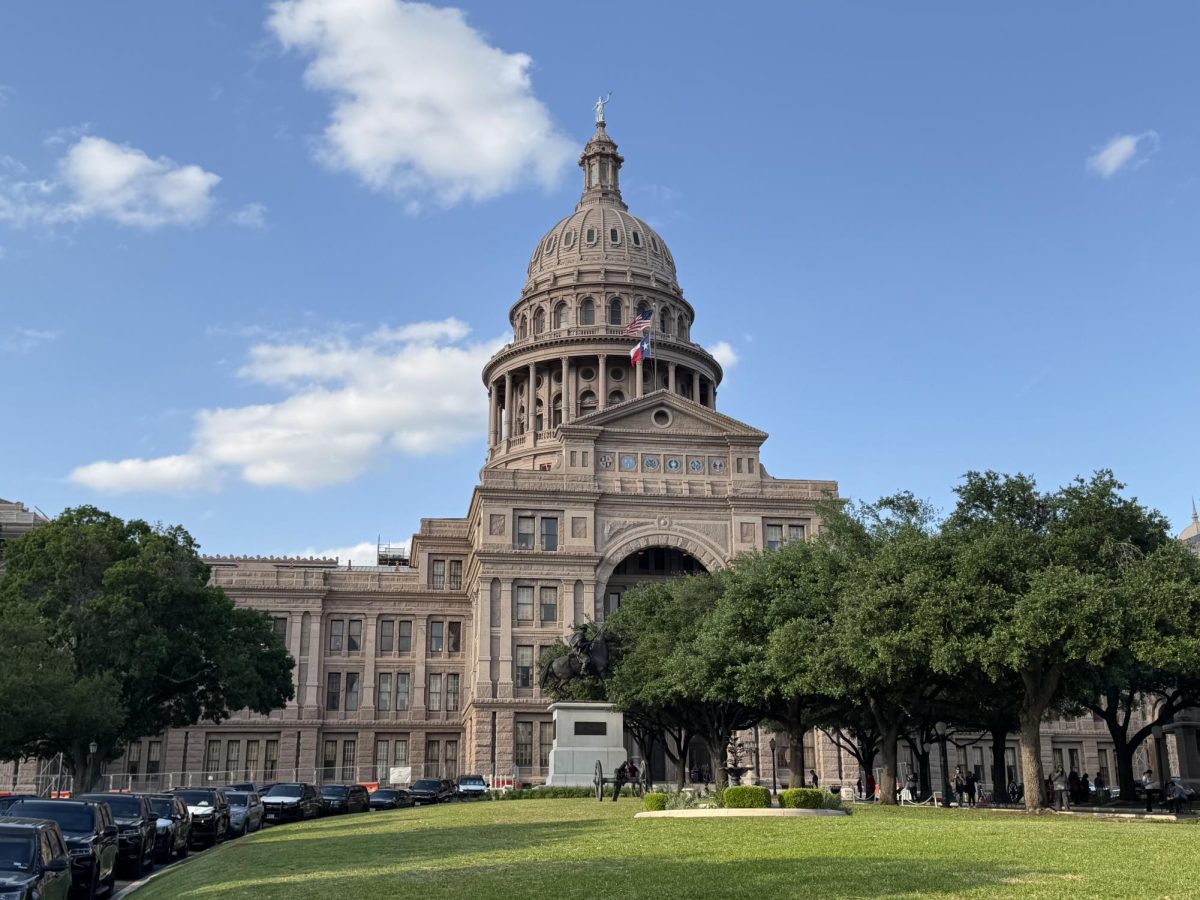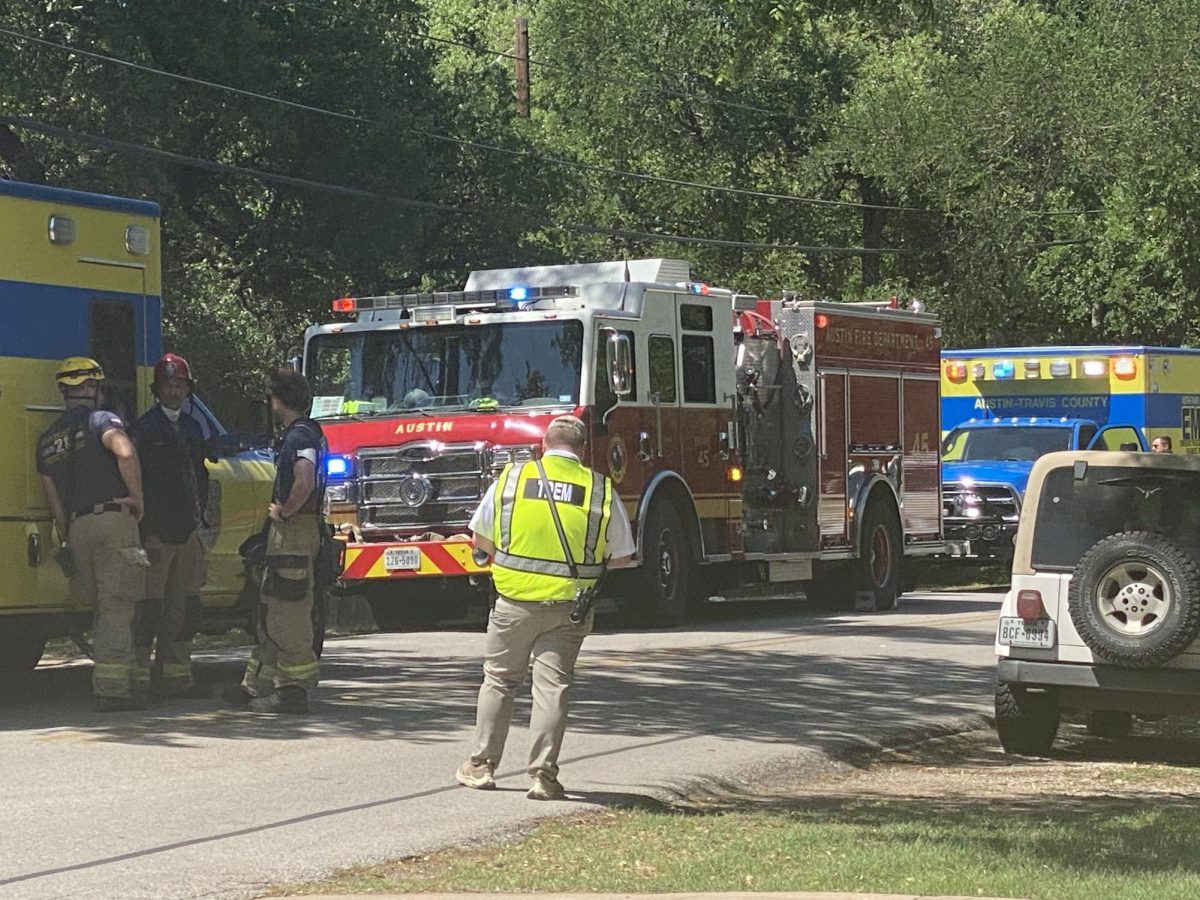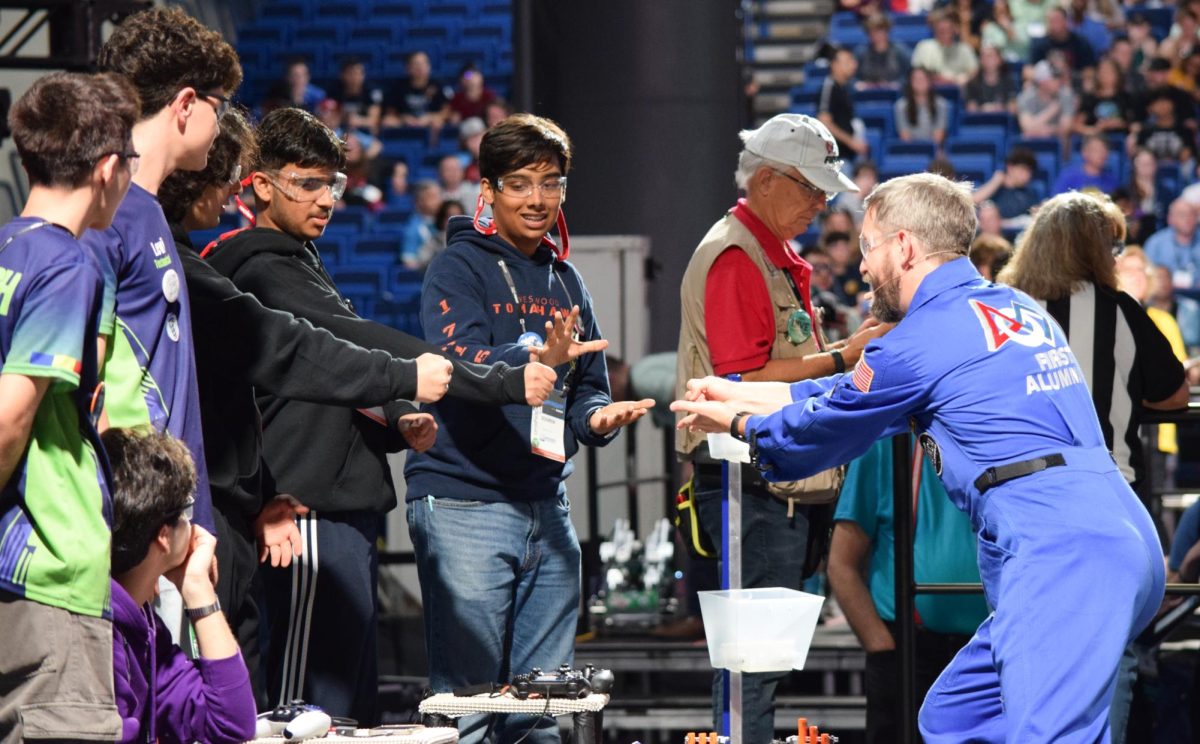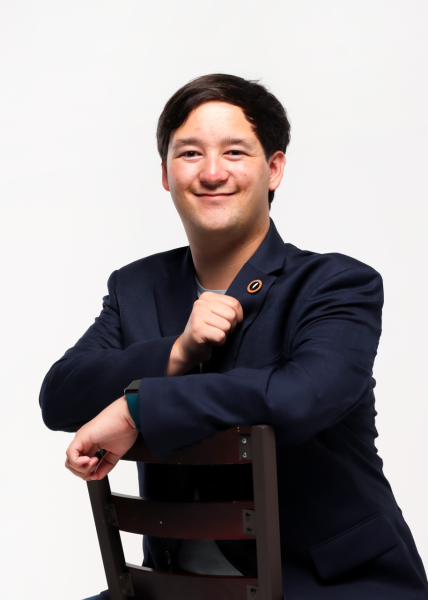In 2015, the Texas Legislature amended the part of the Texas Education Code that deemed the failure to attend school a criminal offense. Now, districts implement their own ways of preventing absences, consequences, and alternative ways to make up hours missed. Schools typically have students come in for tutorials, attend summer school, or other disciplinary events such as detention. Westwood is no exception to these methods.
“Make-up hours have to be done during non-instructional hours,” Assistant Principal Bryan Branch said. “We try to have students come in before school to tutorials, they can use lunch, or Saturday School. This is the typical process at every school.”
The state requires students to have 90% attendance to receive credit for a class and to avoid penalties. A school district usually refers a student to a truancy court within 10 days of a student’s tenth absence.
“This allows students who do not meet the 90% a way to recover their hours so they can receive credit for the class,” Mr. Branch said. “You can lose credit for a class due to attendance.”
RRISD implements a much lighter version of this process: district rarely sends families to court. As of now, RRISD students are offered options to make up attendance before they are required to consult a truancy court.
“Students will be put on an Attendance Improvement Plan where the student and the parent agree to come to school and develop a plan for make up hours,” Mr. Branch said.
Although the proceedings are relaxed, RRISD still must integrate a level of consequences for unexcused absences. School districts must excuse absences for students who celebrate religious holy days, attend healthcare appointments, serve as election clerks, attend required court appearances, or visit college campuses. At Westwood, unexcused absences still count towards the 90% requirement.
“Consequences could be wide-ranging,” Mr. Branch said. “You would have to make up hours. If you don’t make up hours, you could lose credit for class. You could also have to go to truancy court but that is really a last resort. We want students to make up their hours and get credits as quickly as possible. We are willing to work with the students as long as they are making a good faith effort.”
Absences go towards exemptions for finals, and the process of making hours up can be lengthy. In some cases, tardies are also considered absences. While these regulations are implemented to maximize learning time and to better prepare students, students have voiced their complaints.
“I think that being tardy is way more common this year than it was last, and some teachers really give no leeway when you are only a little late,” Calli Hilburn ‘25 said. “I have had to make up hours because of tardiness, and it was in Saturday School from 9 to 12 p.m. I found it pretty useful. It was an easy way to get hours, and you can finish extra school work while in Saturday school.”
Many schools across the country share this absence problem. Students could be struggling with anxiety, trauma, or academic or behavioral issues. They could also be lacking academic challenge, culturally responsive instruction, housing or food security, academic and behavioral support, and more.
“I would not characterize it as rampant but, like every school, [attendance] is an issue,” Mr. Branch said.
After a certain level of absences, a letter is sent out to parents and students to create a plan to recover credits missed after a student has accumulated unexcused absences on 10 or more days.
Overall, Texas has become more lenient on school attendance and its legality, but consequences will still be implemented for students to gain credit for classes, and students will therefore continue to prioritize options to make up attendance hours to avoid these effects.

